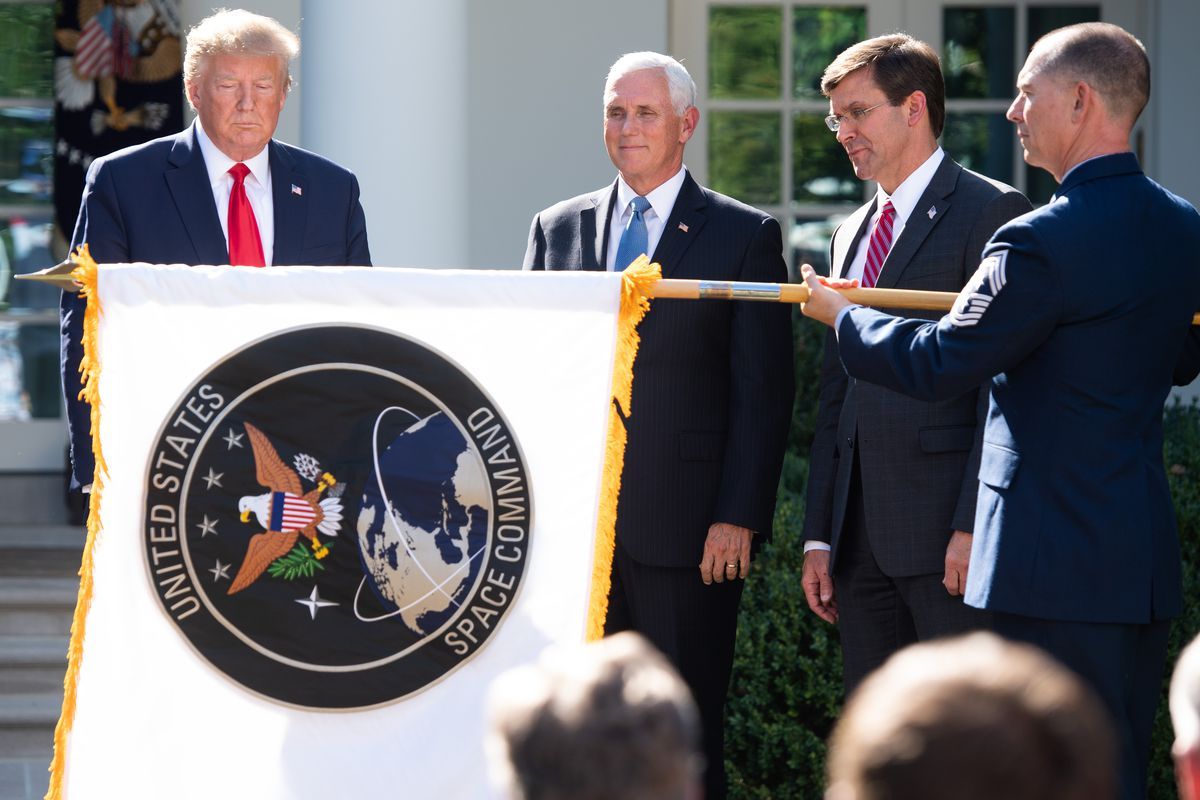The Truth Behind Russia’s Mystery ASAT Launch – ‘Not Operational’
Article by Sebastian Kettley May 4, 2020 (express.co.uk)
• On April 15th, Russia risked the ire of America’s Space Force with the launch of a DA-ASAT Nudol interceptor – a direct-ascent anti-satellite mobile missile system designed to destroy satellites in low Earth orbit. Space Force Chief General John W Raymond branded the test another example of “Russia’s hypocritical advocacy of outer space arms controls”.
• A 2018 Pentagon report suggested that China and Russia would have an arsenal of anti-satellite technology ready for deployment by 2020. “The United States is ready and committed to deterring aggression and defending the Nation, our allies and US interests from hostile acts in space,” said General Raymond.
• The Nudol test is not the first time Russia’s actions in space have caught the world’s attention. Earlier this year, a pair of Russian satellites were seen tailing a multi-billion dollar US spy satellite. General Raymond warned the actions could have the “potential to create a dangerous situation in space”.
• According to Space.com, last month’s Russian satellite interceptor test did not produce a swarm of debris in orbit, meaning it did not hit a target. During a webinar broadcast on April 24th, Brian Weeden, director of program planning for the Secure World Foundation, discussed the ASAT technology. Russia is has tested its Nudol system at least 10 times as of May 4. Weeden says, “As far as we can tell, it’s not operational.” Weeden believes Russia is still a long way from successfully deploying its ASAT technology against foreign targets.
• The Nudol interceptor can target satellites up to 1,240 miles in low earth orbit. Most US spy satellites are in geostationary orbits of about 22,200 miles above the earth. Pavel Podvig, director of the Russian Nuclear Forces Project and senior research fellow at the United Nations Institute for Disarmament Research, said during the webinar that “Basically, with this kind of (anti-satellite weapon), or even with a more kind of advanced ASAT, it’s hard to imagine a military mission in which this capability would be useful.” “In that sense, I’m an optimist. I do believe these capabilities will not be used (militarily), just because I do believe that they don’t give you much in terms of military capability.”
On April 15, Russia risked the ire of America’s Space Force with the launch of a DA-ASAT Nudol interceptor – a direct-ascent anti-satellite mobile

missile system. The ASAT system is designed to destroy satellites in low Earth orbit (LEO), which the US considers a possible threat to its interests.General John W Raymond, Space Force Chief of Space Operations, branded the test another example of “Russia’s hypocritical advocacy of outer space arms controls”.

He said: “The United States is ready and committed to deterring aggression and defending the Nation,
our allies and US interests from hostile acts in space.”
The test came after a Pentagon report published in 2018 suggested China and Russia would have an arsenal of anti-satellite technology ready for deployment by 2020.
Some security experts, however, are not convinced Russia’s April launch proves Moscow’s ability to shoot

down satellites just yet.
Unlike a similar test carried out by India in March 2019, the launch was not an impact test.
According to Space.com, the launch did not produce a swarm of debris in orbit, meaning it did not hit a target.
And Brian Weeden, director of programme planning for the Secure World Foundation, does not believe the system is fully operational.
FAIR USE NOTICE: This page contains copyrighted material the use of which has not been specifically authorized by the copyright owner. ExoNews.org distributes this material for the purpose of news reporting, educational research, comment and criticism, constituting Fair Use under 17 U.S.C § 107. Please contact the Editor at ExoNews with any copyright issue.



 USSPACECOM becomes the 11th UCC of the United States Armed Forces. This designation makes it similar in stature to other UCCs such as U.S. Special Operations Command, U.S. Cyber Command, U.S. Pacific Command and U.S. Central Command.
USSPACECOM becomes the 11th UCC of the United States Armed Forces. This designation makes it similar in stature to other UCCs such as U.S. Special Operations Command, U.S. Cyber Command, U.S. Pacific Command and U.S. Central Command.